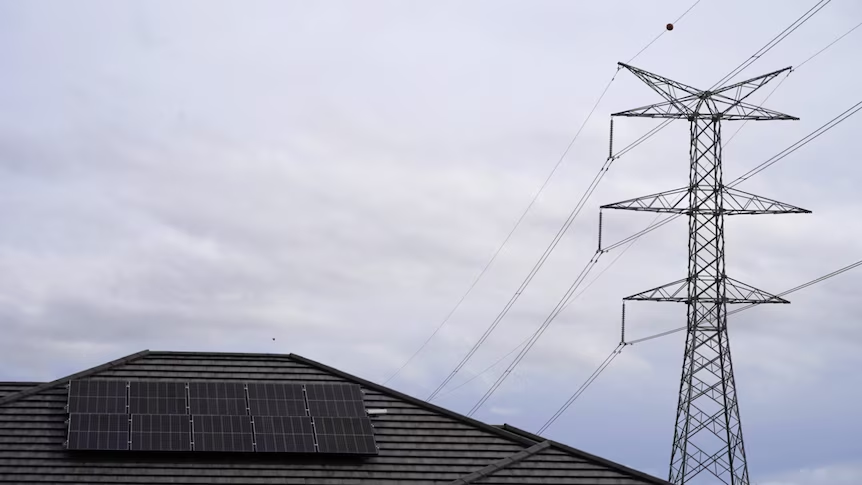The body responsible for keeping the lights on in Australia’s biggest electricity grids wants emergency powers to switch off or throttle rooftop solar in every state to help cope with the daily flood of output from millions of systems.
In a report to be released this morning, the Australian Energy Market Operator said “emergency backstop” powers were urgently needed to ensure solar installations could be turned down — or off — in extreme circumstances.
They would be used only when all other options were “exhausted”, AEMO said, and carried out by the network poles-and-wires companies in each state.
Such powers already exist in some states such as South Australia, Western Australia, Victoria and parts of Queensland.
But AEMO said they needed to be extended to all states by next year as the amount of rooftop solar reached ever greater levels and the risks to the security of the grid became critical.
“The emergency periods where this kind of intervention is required should remain infrequent, but essential for maintaining a secure and reliable supply of electricity for customers,” AEMO wrote.
A solar tsunami
There are now more than four million rooftop solar systems installed across the country on households and businesses.
Small-scale solar was sometimes meeting about half of the entire demand in the national electricity market, which supplies more than 10 million customers across the eastern seaboard.
It was even higher in some states.
In South Australia, for example, rooftop solar was periodically supplying more than 100 per cent of the state’s demand, with surpluses being exported to other states.
What’s more, AEMO said that “in the next few years”, the share of demand being met by rooftop solar — for the entire system — could be as high as 90 per cent at times.
At no time would that effect be more obvious than spring, when solar output would soar as the days grew longer and sunnier but demand was subdued as mild temperatures meant people would leave their air conditioners switched off.
AEMO said the ever growing output from solar was posing an increasing threat to the safety and security of the grid because it was pushing out all other forms of generation that were needed to help keep the system stable.
And it warned that unless it had the power to reduce — or curtail — the amount of rooftop solar times, more drastic and damaging measures would need to be taken.
These could include increasing the voltage levels in parts of the poles-and-wires network to “deliberately” trip or curtail small-scale solar in some areas.
An even more dramatic step would be to “shed” or dump parts of the poles-and-wires network feeding big amounts of excess solar into the grid.
“If sufficient backstop capability is not available … the NEM may be operating insecure for extended periods,” the agency wrote in the report.
“(It may) therefore be operating outside of the risk tolerances specified in the National Electricity Rules, where the loss of a single transmission or generation element may lead to reliance on emergency control schemes to prevent system collapse.
“This places customers at elevated risk of system collapse.
“The ability to restore the system following a black system event may also be compromised at times of very high distributed PV (rooftop solar) generation.”
The physics problem
At the heart of the concerns about Australia’s occasional over-abundance of solar is a technical phenomenon known as minimum demand.
The term refers to the demand for power from the grid.
Necessarily, it excludes the demand that is met by rooftop solar panels — so-called behind-the-meter sources of supply that are provided by customers themselves.
When the amount of rooftop solar in Australia was immaterial, it wasn’t a problem.
The proportion of demand for power being met by solar was tiny, and conventional generators such as coal- and gas-fired plants carried on almost totally unaffected.
But as the amount of small-scale solar has grown to truly monumental levels, the dent it has put in demand for power from the grid has become equally large.
Rooftop solar is now such a dominant force in the system, at times, it is pushing the minimum level of demand for power from the grid to critically low levels.
According to AEMO, this was a physical problem for the grid.
At the moment, it said conventional generators such as coal- and gas-fired plants still provided the services that helped make the electricity strong and stable.



